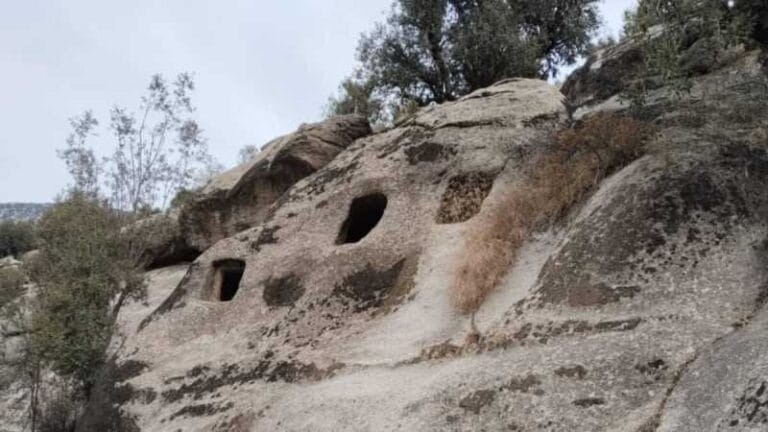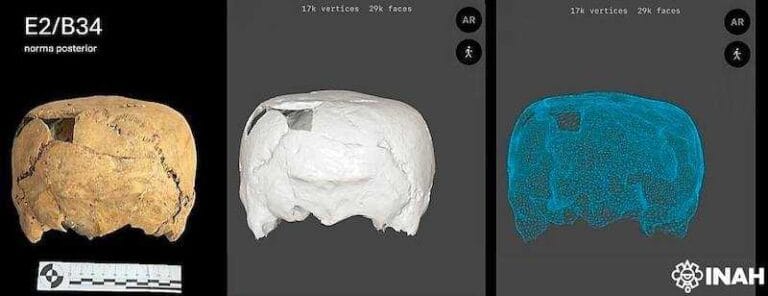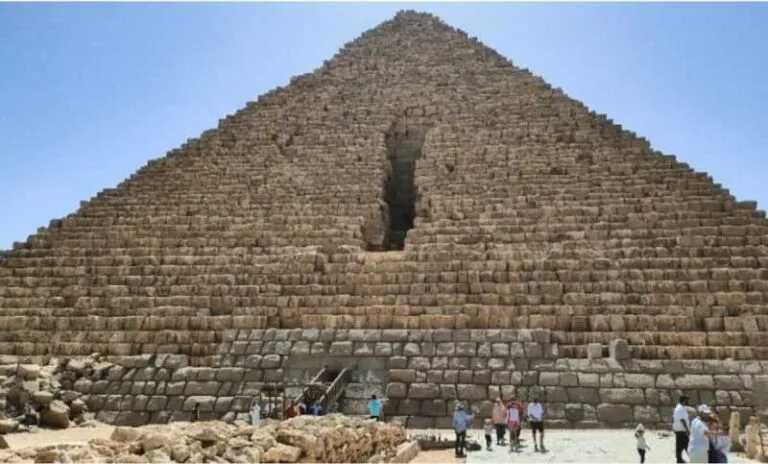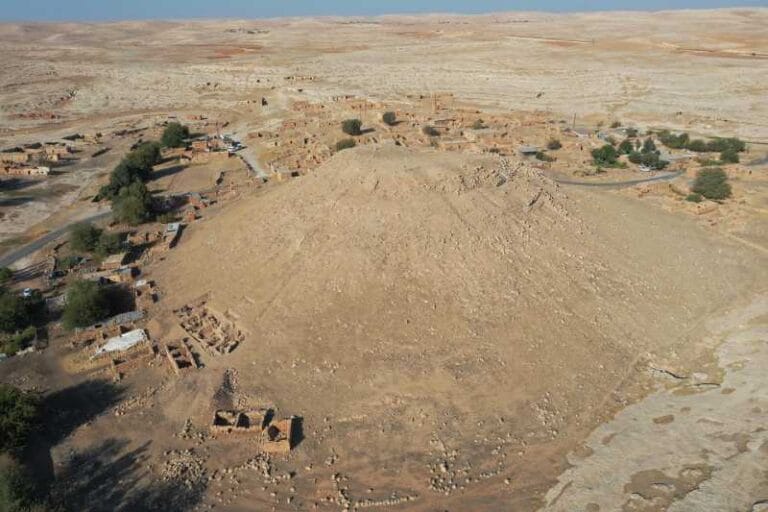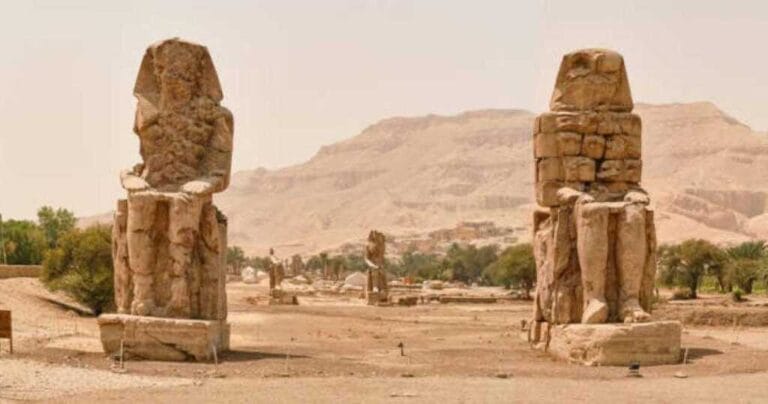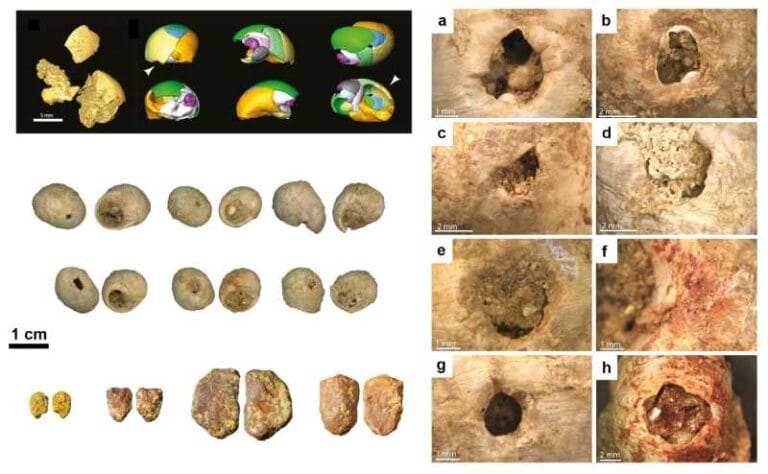Ancient Tomb in Athribis Restored in Upper Egypt
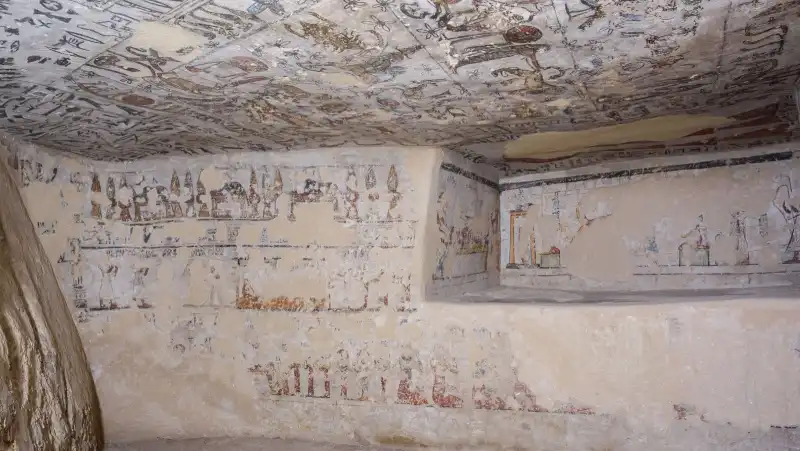
After a year of intensive conservation work, the “Tomb of the Two Brothers” — also known as the “Tomb of the Constellations” — had its restoration completed in Athribis, an important archaeological city located in the Nagaa Sheikh Hamad region, west of Sohag, in Upper Egypt. The initiative is part of the Ministry of Tourism and Antiquities’ plan to preserve historical sites and strengthen cultural tourism in the region.
According to the Minister of Tourism and Antiquities, Sherif Fathy, the restoration is part of a broader strategy that places archaeological heritage at the center of public policies. “The ministry gives top priority to the restoration and development of archaeological sites, believing in the importance of this historical heritage as a national and human identity, and in the need to pass it on to future generations,” he stated.
Fathy also emphasized that these projects play an important role in enhancing cultural tourism and in the development of neighboring communities. “By restoring these sites, the ministry seeks to open new archaeological tourist attractions to the public, especially for lovers of cultural tourism,” he declared.
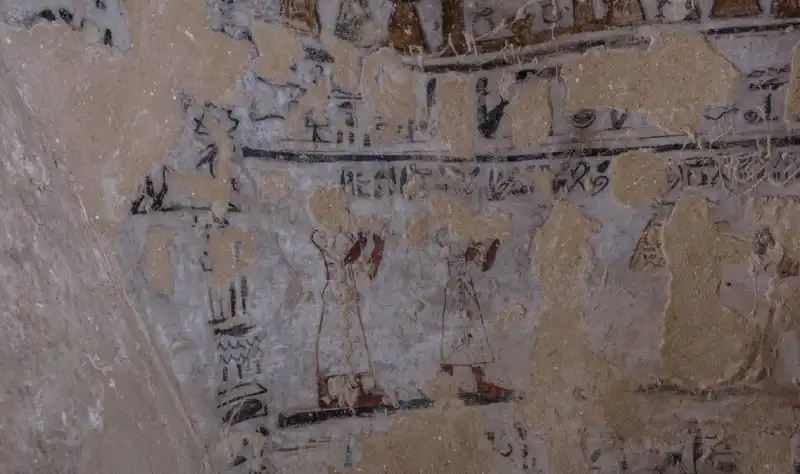
The conservation work was coordinated by the Supreme Council of Antiquities. Its Secretary-General, Dr. Mohamed Ismail Khaled, praised the dedication of the team involved and highlighted the strategic nature of the project. “Preserving heritage is a national responsibility that requires continuity and integrated efforts,” he said. He also emphasized that the conservation of archaeological sites opens new opportunities for education, awareness, and social development.
The restoration included both the burial chamber and the entrance compartment. According to Mohamed Abdel-Badie, head of the Egyptian Antiquities sector, the process began with a detailed technical survey. “A team of restorers was tasked with preparing a comprehensive report documenting the tomb’s condition and identifying the damaged areas and their causes,” he explained. Based on this diagnosis, the repairs were carried out following strict technical and scientific standards.
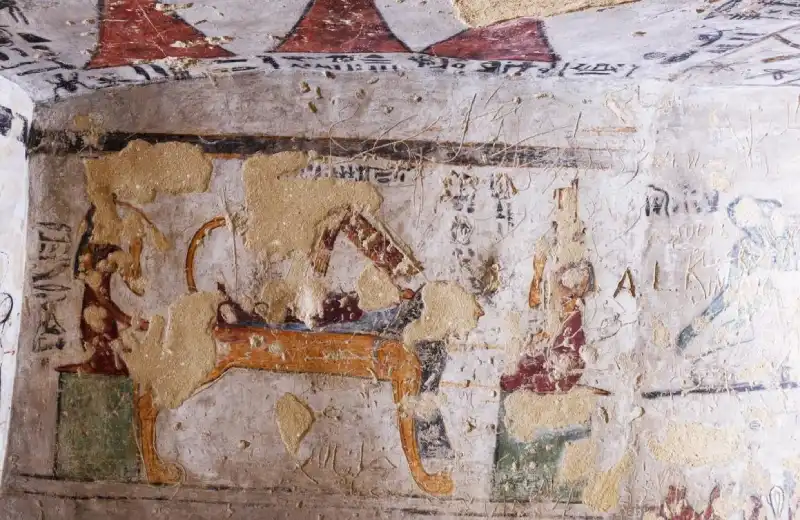
Dr. Manal El-Ghannam, head of the Central Administration for Conservation and Restoration, detailed the techniques applied: “The project included mechanical and chemical cleaning of the walls and ceiling, strengthening the color and mortar layers, as well as reconstructing missing parts with materials compatible with the nature of the archaeological site.”
The restored tomb belongs to two brothers, Ibpamani and Pa-Mehit, children of Hor-Nefer and Tashrit Hor-Segem, and dates back to the 2nd century AD, a period when Egypt was under Roman rule. Its interior consists of a square front chamber and a funerary chamber with a triangular layout, housing a rectangular burial niche on the west wall.
The highlight of the tomb lies in its painted decorations on the mortar. The ceiling features an astronomical representation of two constellations—one for each brother—which earned it the name “Tomb of the Constellations.” Detailed funerary scenes cover the interior walls, and the burial niche also displays paintings on its sides, ceiling, and floor.
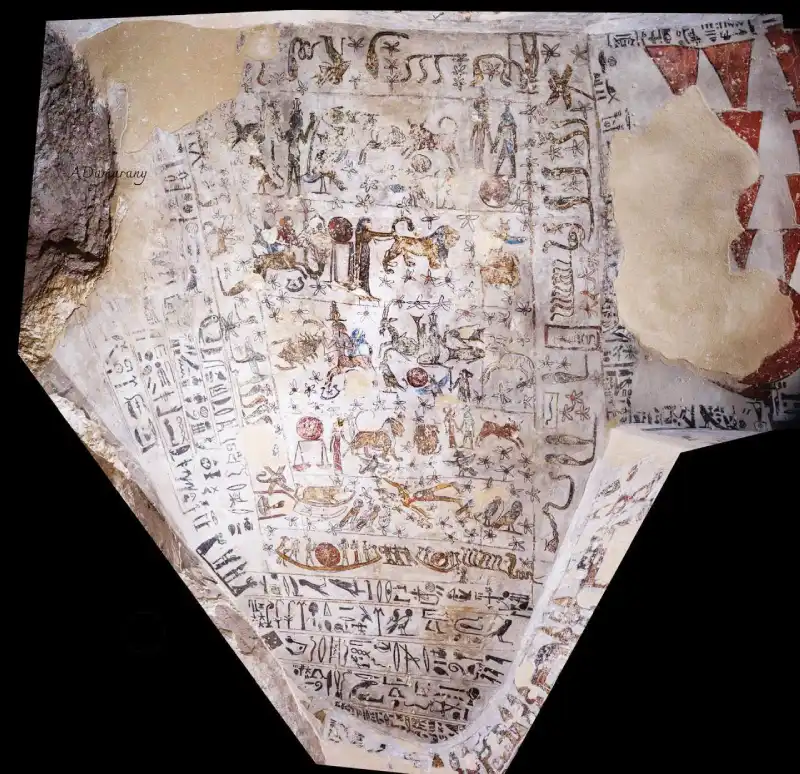
The tomb, discovered more than 150 years ago, had its scenes recorded and published by the mission of British archaeologist William Flinders Petrie during the 1906–1907 excavation season.
- See also: Ancient city of Imet discovered in Egypt
Athribis, where the tomb is located, is a prominent archaeological city in the ninth nome of Upper Egypt. Dating back to the end of the Ptolemaic period, the city preserves an exceptional set of structures: temples, quarries, necropolises, workshops, residences, a convent of nuns, monastic cells, and a 6th-century AD church. Its archaeological and religious significance makes Athribis one of the main historical centers in southern Egypt, especially in the context of the emergence of monasticism in the region.

